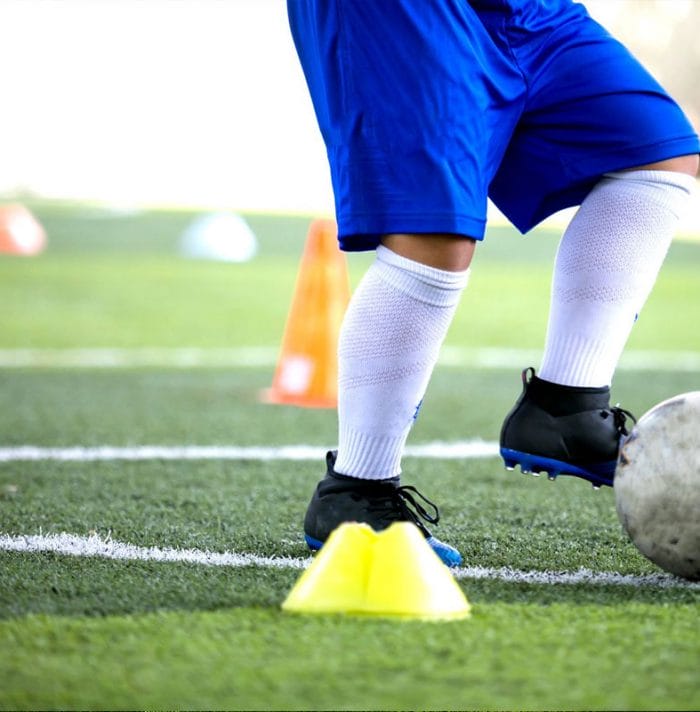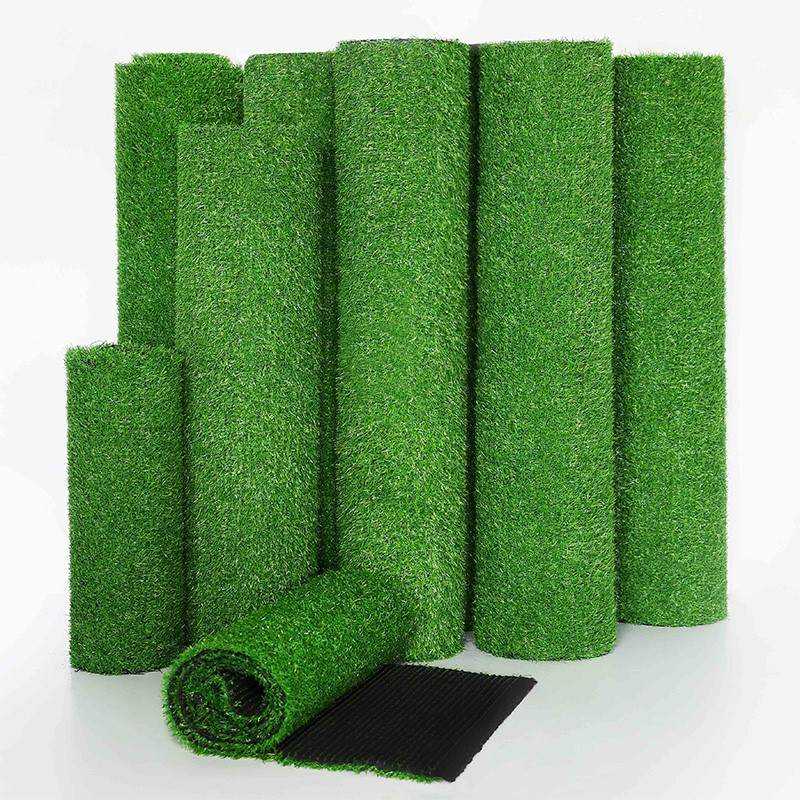
Artificial turf has become increasingly popular in recent years, as it offers a number of advantages over natural grass. Artificial turf is more durable, requires less maintenance, and can be used year-round. However, there are also some risks associated with playing on artificial turf.
1. Injuries from falls and collisions
One of the most significant risks of playing on artificial turf is the potential for injuries from falls and collisions. Artificial turf can be quite hard, and falls can result in injuries such as sprains, strains, and fractures. Additionally, collisions with other players or the turf itself can also lead to injuries. It is essential for athletes to take precautions such as wearing appropriate protective gear, including mouthguards and knee pads, and practicing good technique to minimize the risk of injury.
2. Turf burns
Another risk of playing on artificial turf is the potential for turf burns. Turf burns are a common injury that occurs when an athlete’s skin comes into contact with the hot surface of the turf. This can happen when an athlete slides, falls, or collides with the turf. Turf burns can be painful and can lead to infections if not properly treated. To minimize the risk of turf burns, athletes should wear appropriate clothing and protective gear, and facility managers should ensure that the turf is properly maintained and cleaned.
3. Heat-related illnesses
Artificial turf can get extremely hot in direct sunlight, which can lead to heat-related illnesses such as heat exhaustion and heat stroke. Athletes should take precautions such as staying hydrated, taking breaks in shaded areas, and wearing light-colored, breathable clothing. Facility managers can also help by providing shaded areas, misting systems, and cooling stations.
4. Inhaling chemicals
Artificial turf is made from synthetic materials that can release chemicals when heated or exposed to sunlight. These chemicals can be harmful when inhaled, especially for athletes who spend extended periods on the turf. The most common chemicals released by artificial turf are volatile organic compounds (VOCs) and polycyclic aromatic hydrocarbons (PAHs). VOCs can cause respiratory problems, while PAHs are known carcinogens. To minimize the risk of inhaling chemicals, athletes should avoid playing on artificial turf when it’s extremely hot or during peak sunlight hours. Facility managers can also help by regularly maintaining and cleaning the turf.
5. Allergic reactions
Some athletes may experience allergic reactions to the synthetic materials used in artificial turf. Symptoms can range from mild discomfort to life-threatening reactions. Athletes with known allergies should take precautions such as wearing protective gear, using antihistamines, and avoiding touching their face or eyes while playing on artificial turf. Facility managers can also help by regularly cleaning and maintaining the turf.
Conclusion
While artificial turf offers many advantages, it’s important for athletes, coaches, and facility managers to be aware of the potential risks associated with playing on it. By taking precautions such as wearing appropriate protective gear, staying hydrated, avoiding peak sunlight hours, and regularly maintaining and cleaning the turf, athletes can minimize the risk of injuries, heat-related illnesses, inhaling chemicals, and allergic reactions. Facility managers play a crucial role in ensuring the safety of athletes by providing a well-maintained and clean environment for them to play in. By working together, we can ensure that athletes can enjoy the benefits of artificial turf while staying safe and healthy.
Here are some additional tips for playing safely on artificial turf:
- Wear proper footwear with good traction.
- Avoid wearing loose clothing that could get caught in the turf.
- Stay hydrated and drink plenty of water before, during, and after playing.
- Take breaks often and listen to your body.
- If you have any open wounds or cuts, cover them with a bandage before playing.
By following these tips, athletes can help to reduce the risks associated with playing on artificial turf.










